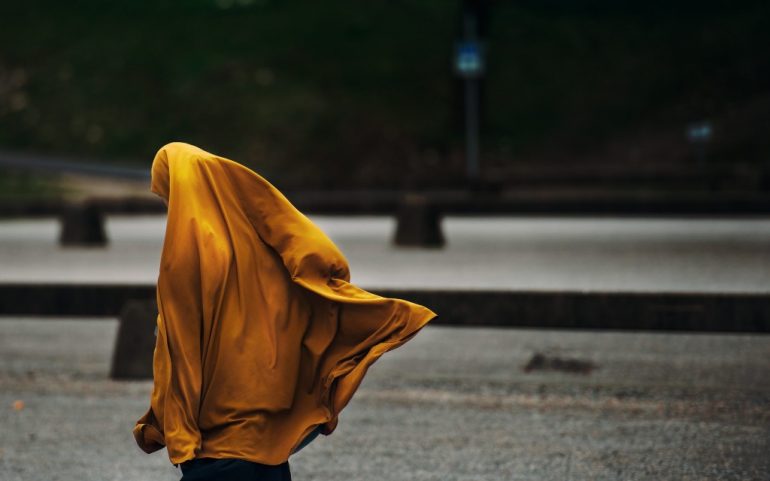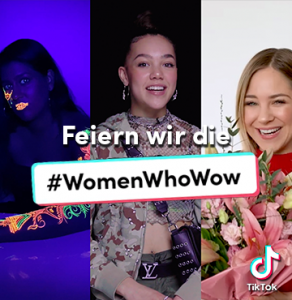Today is International Women’s Day, and as is often the case, the eyes of the West turn to my country, Saudi Arabia, a land where most women cover their heads in public.
And it is certainly valid to look to Saudi this year, because doors long closed are suddenly opening everywhere for women like me.
We can now attend soccer matches and sporting events. We can work as customs guards. We can serve in the police and military. In June, we’ll be able to get behind the wheel and hit the open road.
Barriers are falling everywhere, and the pace of change is accelerating. But in the West, there’s still this fixation on the head scarf, which is understandable but I would argue, misplaced.
Full disclosure: I wear a head scarf, and even if I were no longer expressly required or encouraged to wear it, I would continue wearing a head scarf.
Don’t get me wrong. I’m a full-throated supporter of the Crown Prince’s Vision 2030 reform program. I too want women in my country to enjoy equal rights with men. I have spent most of my life fighting in the trenches with the brave women of Saudi Arabia, and I know what it’s like to have doors closed in your face, just because you’re a woman.
But it’s a strange feeling, I must say, when I travel as a Saudi woman filmmaker to the West. Inevitably, the interviewer gets around to: “What about the head scarf? Are you tired of being oppressed?‘‘
Let me tell you something. Liberalizing reform in Saudi Arabia — and let’s be honest, reform in any country — means winning freedom of choice. That means the freedom not to have to wear a particular article of clothing because a group of men decide you must. But freedom of choice also means not having to take off your head scarf just to prove your credentials as a women’s rights advocate.
I would welcome a change that would let Saudi women choose their own manner of dress. But I would equally oppose any law that forbids Saudi women from wearing the hijab, which is what I wear and is the most common form of head scarf in my country. That would basically be a new form of oppression, under a liberal guise.
I wear the hijab – and plan to continue wearing it regardless of what happens in Saudi Arabia – because I love my religion, Islam, which is peaceful and tolerant at its core, like I am and try to be. Extremists have tried to hijack my religion in the name of evil, but they will not prevail. The hijab is not a terrorist uniform. Don’t confuse us with the bad guys.
No one in their right minds would attempt to tell Jane Fonda, or the young Pakistani woman who survived that horrific shooting, Malala Yousafzai, or any other global standard bearer of the women’s movement, what they had to wear. So please, don’t tell me either.
Women freedom fighters come in all shapes, sizes, and clothing styles, from form-fitting to relaxed fit. It’s not the uniform or the cut of the cloth that counts, it’s the person wearing it.


